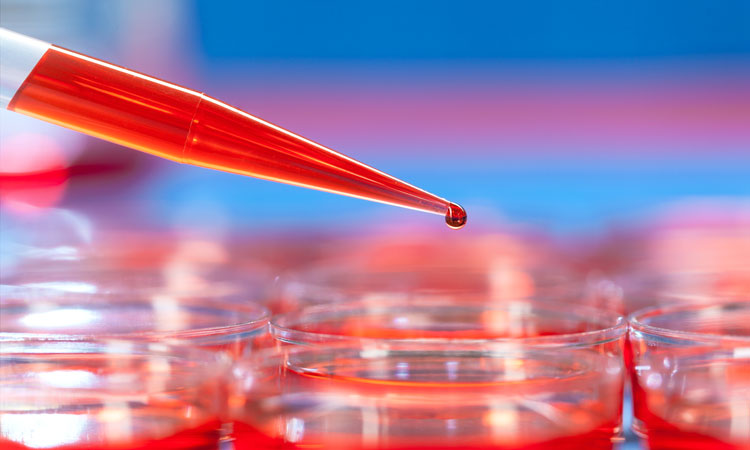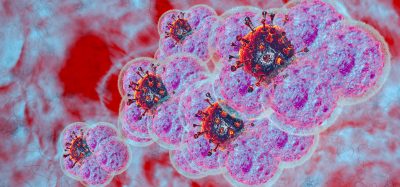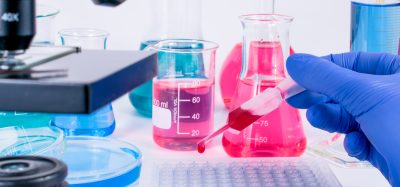Making cell culture models more physiologically relevant
Posted: 22 June 2021 | Robert Skolik (University of Louisville) | No comments yet
A major limitation in drug development is the occurrence of drug-candidate toxicity during clinical research. This may occur because tumour-derived cell lines are limited as a pre-clinical model – in part because of an altered metabolic poise. A recent study has revealed a profound plasticity in gene expression and metabolic poise that can be exploited by replacing glucose with galactose in the cell culture medium. Here, Robert Skolik, a researcher from the study, explains how the galactose‑induced cellular phenotype is more reminiscent of a primary hepatocyte, which may aid in the early detection of hepatotoxic compounds.

Development of novel medications is becoming increasingly difficult and expensive. The average cost to bring a new drug to market is close to $1 billion and often takes over a decade. This is in part because nearly 88 percent of drugs reaching clinical trials fail to gain final US Food and Drug Administration (FDA) approval.1 Drug-induced toxicity is responsible for nearly half of these failures, despite extensive investment in pre-clinical toxicity screenings. The liver is most frequently affected by drug-induced toxicity, which is not surprising considering…
Related topics
Cell Cultures, Cell-based assays, Drug Development, Screening, Toxicology
Related conditions
hepatocellular carcinoma (HCC)
Related organisations
Ball State University, IDBS, University of Louisville School of Medicine, University of Michigan (U-M), US Food and Drug Administration (FDA)
Related people
Dr Mary Konkle, Dr Michael Menze, Dr Nilay Chakraborty, Jason Solocinski, Lisa Marroquin







